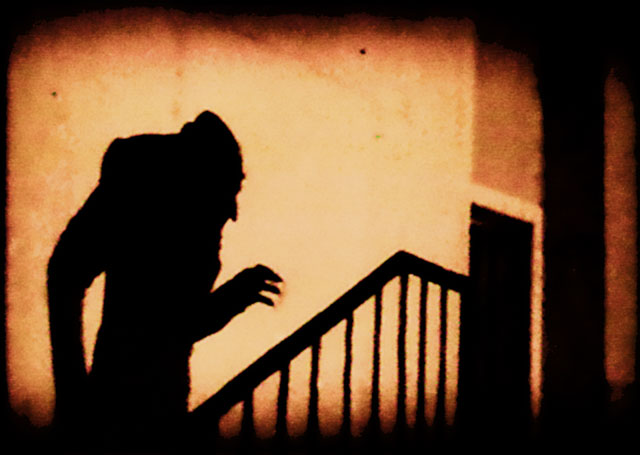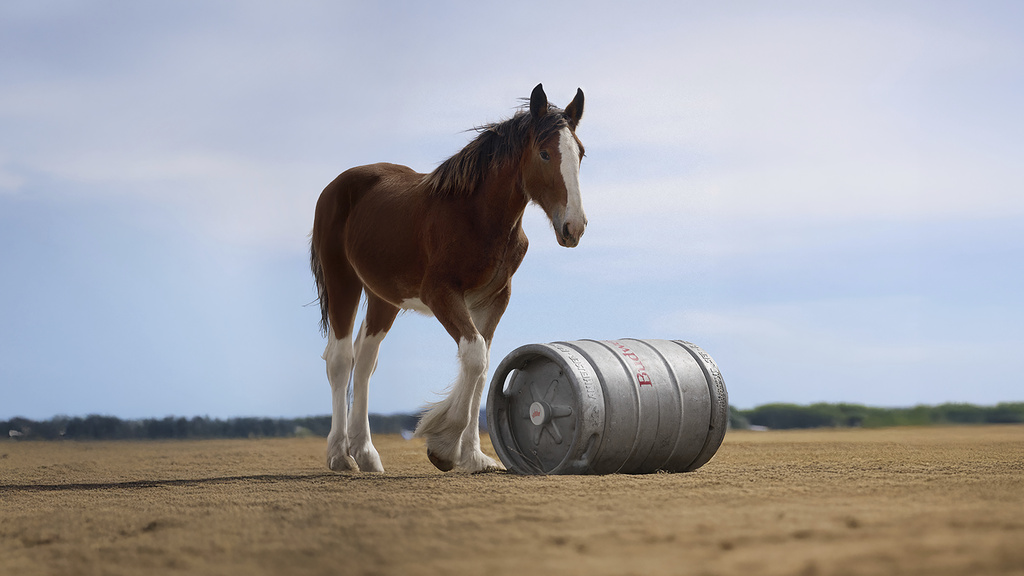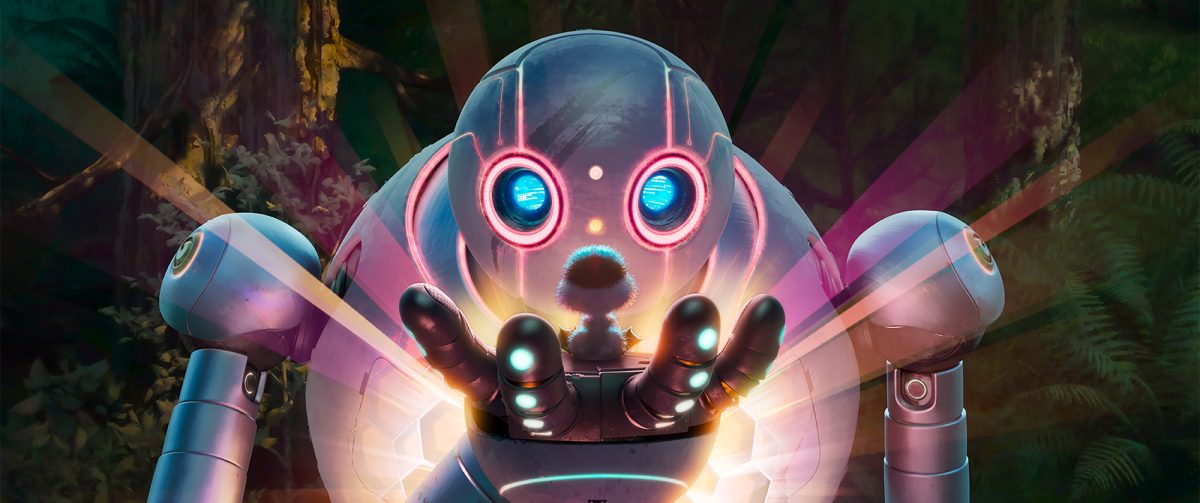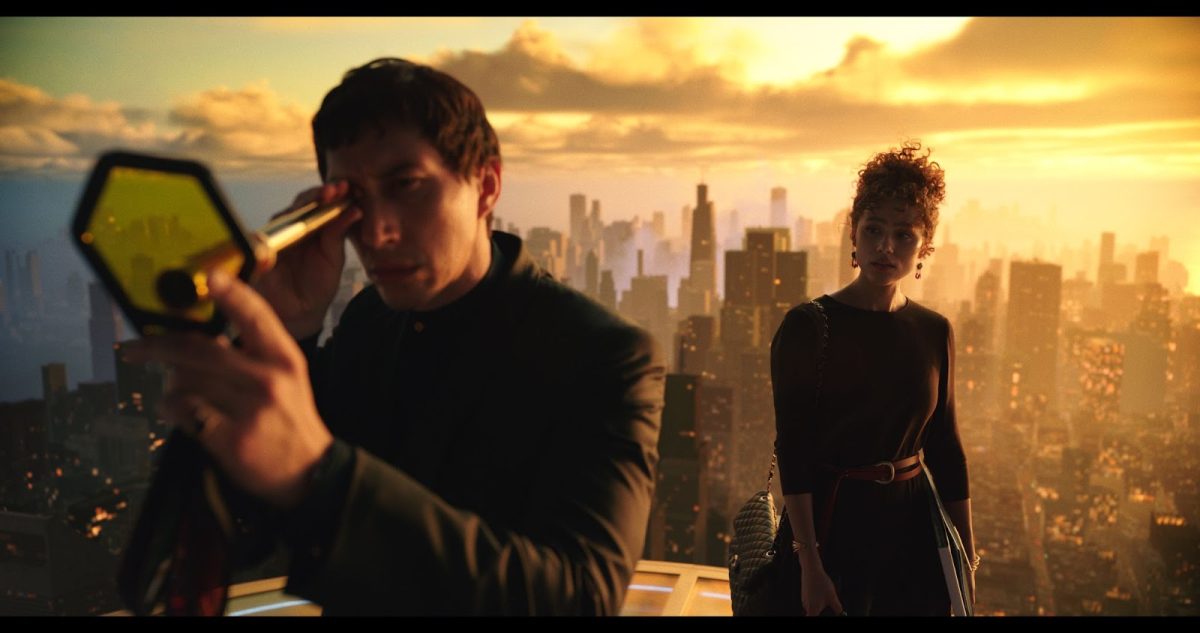Welcome to Spinnaker’s History of Horror. Here we will be taking a look back at everything spooky in both film and video games, and analyze how horror has evolved over the last century. Check back at unfspinnaker.com every day for a new installment!
Our next installment is one of the most famous silent films of all time: Nosferatu. What a lot of people don’t know is Nosferatu is actually an adaptation of Bram Stoker’s Dracula in all but the name (they couldn’t get the rights to the name Dracula). He’s still a vampire, he still hypnotizes women, and he is still creepy as hell. Actually, I think this adaptation is the creepiest version of the character.
Dracula, or Count Orlok (Max Schreck), is freakishly tall and has horribly exaggerated facial features. The way he perfectly fits into doorways and stalks his prey with his shadow stretched hauntingly on the wall is unsettling to say the least.
At the time, this was probably the scariest film ever released. Audiences weren’t used to seeing something as frightening as Count Orlok. It may be tame compared to horror movies today, but it’s still worth watching. The film is a little slow, but give it a chance; the scenes with the count are worth it. Simply YouTube this public domain gem and enjoy a horror film older than dirt and time.
—
For more information or news tips, or if you see an error in this story or have any compliments or concerns, contact editor@unfspinnaker.com.












